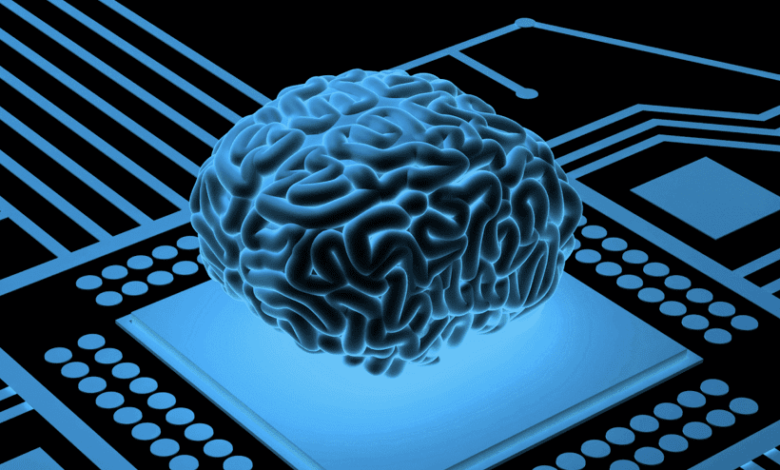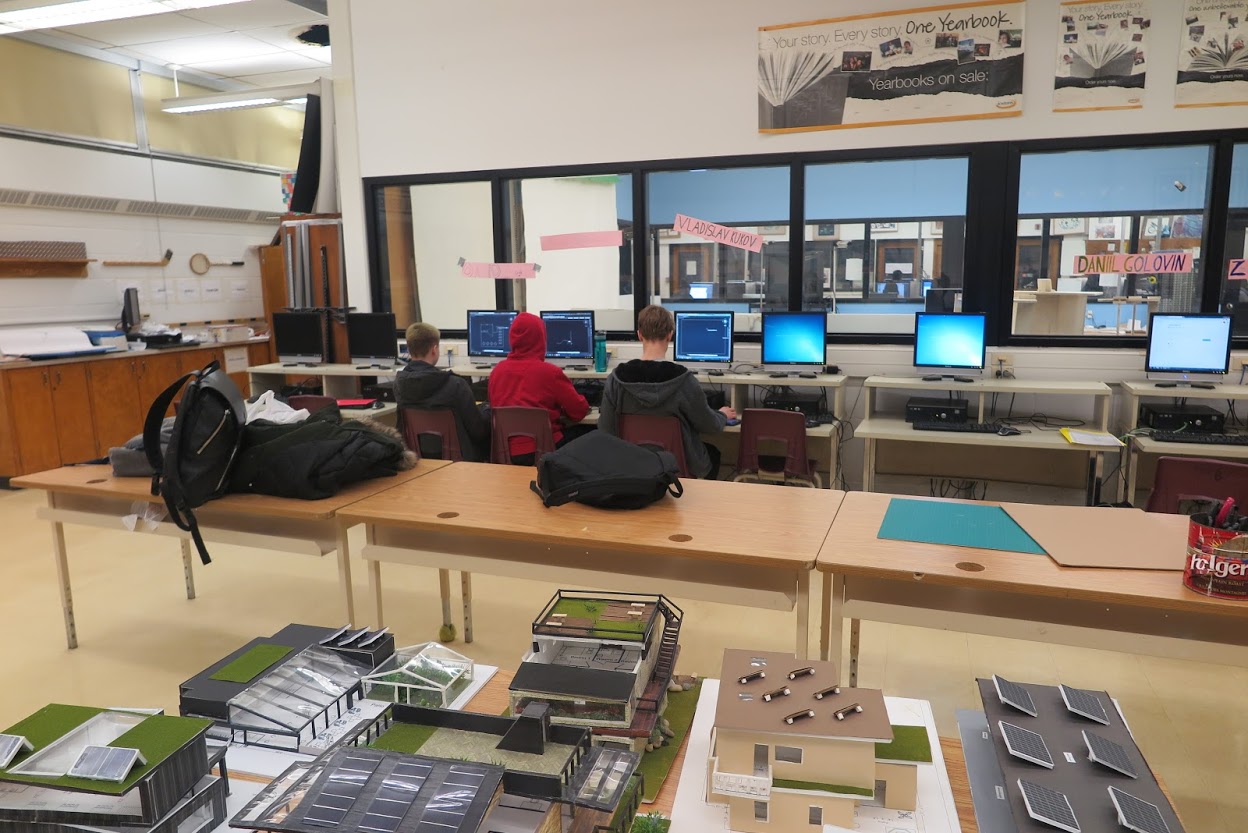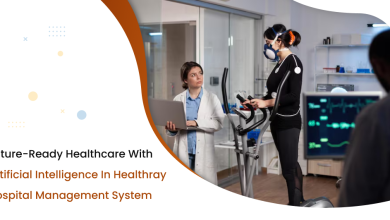
Did you know that every one out of seven people on this planet (roughly 16% of the total population or around 1.3 billion people) faces more than one kind of disability? For them, technology is vital. Technology enhances their lives by making daily tasks easier. From smart assistants to innovative prosthetics, these advancements are removing obstacles.
This article discusses in detail how technology is helping transform lives by empowering accessibility. The idea is to shed some light on the significance of accessible technology, the role of recent developments like AI/ML in assistive devices, and what we can expect.
Join us as we discover how technology is changing lives for the better.
-
The Importance of Accessibility in Technology
Today, accessibility is essential. Many individuals with disabilities encounter challenges navigating websites and using common devices. Lack of available technology can lead to these individuals being left out of necessary services and chances.
Most common challenges faced by people with disabilities:
- Difficulty accessing digital content
- Limited mobility and independence
- Communication barriers
- Lack of accessible educational tools
Like anything else in this world, education plays a huge role in improving accessibility. Dedicated assistive technology programs are equipped with tools and resources that spread awareness about disabilities and the importance of accessible technology. And that’s not it. These programs also invite people to open up about their disabilities, share their journey, motivate others, and participate in workshops that prepare them for a completely functional, ‘normal’ society roles.
If you are someone who wants to give back to society by working on the awareness or education part of accessible technology, investing in assistive technology programs could be your next to-do thing. By providing access to these tools, we can empower people with disabilities to achieve their full potential and lead fulfilling lives.
-
Innovations in Assistive Technology
The best thing about innovation is that it has the power to transform millions of lives. From IoT-integrated smart home devices to VisionPro and Metaverse, these recent innovations are crucial in being inclusive and making it easier for people with disabilities to navigate the world.
Examples of innovative assistive devices and software:
- Smart Glasses for the Visually Impaired:
You must have seen the ads on your social media. These special type of glasses offer real-time audio descriptions, helping visually impaired people understand their surroundings. They can read text and identify objects, making daily activities easier. - Brain-Computer Interfaces (BCIs):
Another innovative technology making inroads into society, BCIs allow users with severe mobility issues to control devices using their minds. This technology empowers them to operate computers and wheelchairs without movement. - Adaptive Gaming Controllers:
These controllers are tailored for gamers with physical challenges. With customizable options, they enable users to enjoy video games comfortably. Microsoft is among the companies leading in this area. - Speech-Generating Devices (SGDs):
You must know at least a couple of people in your close vicinity who struggle with speech disorders. SGDs help those with speech difficulties communicate by turning text or symbols into spoken words. They can be adjusted to meet individual needs, improving communication.
The Inspiring Story of Henry Evans
Henry Evans, a former executive who became quadriplegic after a stroke, showcases the power of assistive technology. He uses BCIs and adaptive devices to control a robotic arm and a drone just by thinking. His journey demonstrates how technology can significantly improve the lives of those with severe disabilities. And Henry is not alone. We have hundreds of more examples like him who thank to technology for making their lives easy and in some cases even possible.
The Role of AI and Machine Learning in Accessibility
Like any other industry or vertical, AI and machine learning are revolutionizing accessibility. They can manage and gain knowledge from extensive data sets, making them perfect for developing customized solutions.
Here are some of the use cases:
- Speech recognition technology transforms spoken language into written text, helping individuals who have difficulty speaking.
- Image recognition technology provides descriptions of images for users who are visually impaired.
- Anticipatory text and autocorrection aid individuals with motor disabilities in typing with greater efficiency.
- Real-time captioning tools offer captions for live events and videos.
- AI-driven navigation applications help individuals with visual impairments navigate through public areas with ease.
As Generative AI models like ChatGPT4o, Claude AI, Meta’s Llama, and Microsoft’s Copilot gain more traction and advancements, we can expect more features that welcome and empower accessibility and ease-of-use.
Accessibility in Education and Employment
Educating masses is the first step in transforming the lives of people through accessible technology. Without access to education and right opportunities of work, individuals with disabilities may face significant barriers to learning and working effectively.
Here are some examples of accessible educational tools and workplace technologies:
- Text-to-speech software supports students with reading challenges by converting text to spoken words. Adaptive learning platforms customize content to meet individual needs.
- Screen readers assist those with vision impairments by reading text aloud, aiding digital navigation. Voice recognition software helps employees with motor impairments control computers and input text by speaking.
- Platforms like Coursera and Khan Academy offer accessible courses, fostering an inclusive society that benefits everyone.
The Future of Accessibility Technology
Technology is significantly impacting the lives of individuals with disabilities. Upcoming advancements in accessibility technology are revolutionizing the field. For instance, VisionPro is transforming augmented reality by simplifying the navigation of people with visual impairments in their environment. In the same way, ChatGPT and other AI tools are simplifying communication and daily tasks.
Some exciting emerging trends and innovations include:
- Elon Musk’s brainchild Neuralink, a brain-machine interface that could enable people to control devices with their minds
- AI-powered, IoT-integrated smart homes that can adapt to individual needs
- Virtual reality therapy for people with anxiety disorders to ease their mental health issues
With technology advancements ongoing, we anticipate further innovative solutions for enhancing accessibility. These advancements will not just enhance the lives of individuals but will also significantly influence society, encouraging increased inclusion and equality.
Final Word
Ensuring technology is accessible is crucial for building a world that includes everyone. By funding assistive technology initiatives and backing advancements in accessibility, we can enable individuals with disabilities to increase their independence and fully engage in society. The potential for enhancing accessibility is limitless as technology keeps advancing. Welcome these changes and aid in the advancement of inclusive technologies to build a better future for all.






